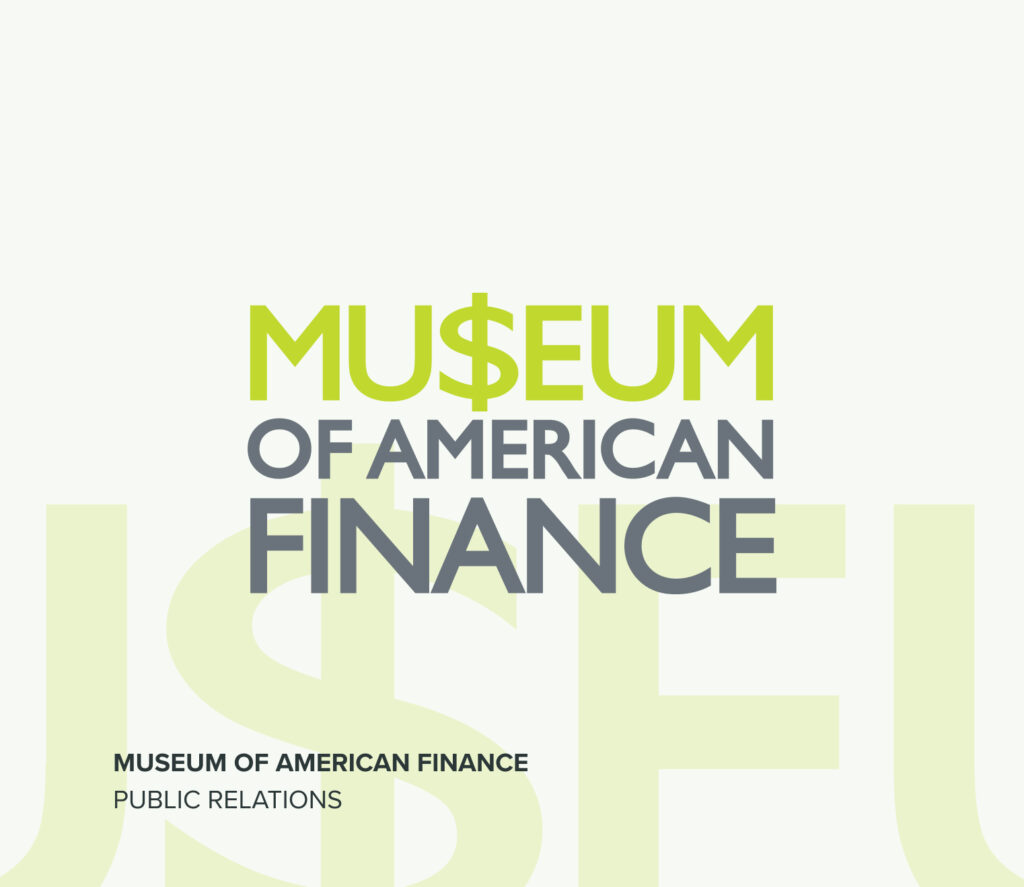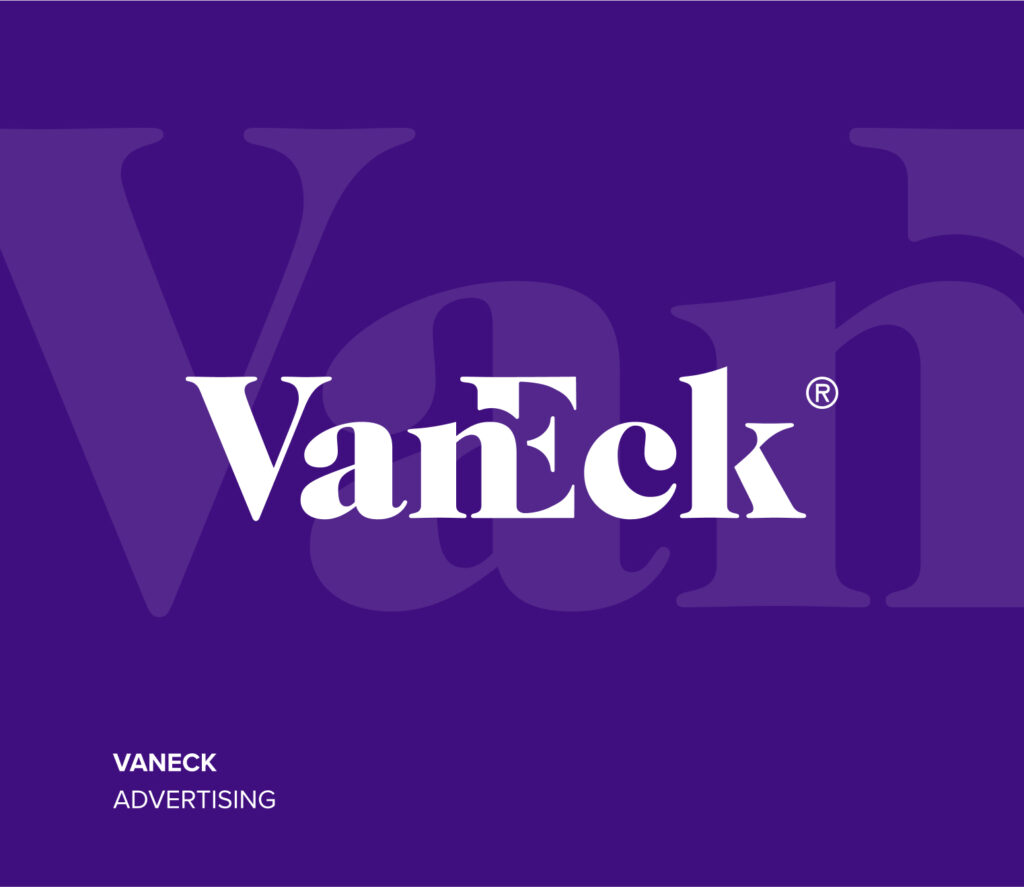Content Marketing for Financial Services: Tips, Ideas & StrategiesKeeping your business relevant and growing is always a priority, and content marketing for financial services and institutions has become a key strategy to achieve that. Financial firms now recognize the importance of investing in content marketing to build trust, educate clients, and drive engagement. However, you may still have questions about how to effectively implement a content marketing strategy that aligns with your company’s goals and the financial services you offer. In this guide, we’ll cover:
What Is Financial Services Content Marketing?Financial services content marketing is a strategic approach to creating and distributing valuable, relevant content to engage and educate target audiences. Its goal is to build trust, establish authority, and drive business growth by providing insights on financial topics through various digital channels. Effective financial content marketing includes blogs, videos, podcasts, social media posts, email campaigns, and white papers. By delivering clear, informative content, financial institutions can strengthen client relationships, enhance brand credibility, and guide potential customers through their decision-making process. Benefits of Content Marketing for Financial ServicesIt’s no secret that content marketing can have a tremendous impact on your organization’s growth. Ask any digital marketer and they will agree. Naturally, you want to know exactly what those benefits are. Here’s a breakdown of just a few of the benefits you can expect to start seeing when you employ content marketing tactics. Build TrustThis concept comes up repeatedly when talking about the finance industry. The bottom line is that people do not want to invest their money with a company if they do not trust them. According to Hubspot, 47% of customers view 3-5 pieces of content before reaching out to a salesperson. Content marketing is a great way to build trust with potential customers by showing that you are knowledgeable in financial services, are an established authority in your field, and build a relationship over time without coming off too sales-focused. Reach Younger GenerationsIf your financial services organization seems to have an older clientele and you are looking to expand to younger generations, then content marketing is a great way to do so. Younger generations spend much more time on their devices than watching TV or listening to radio, so a better way to reach them is through digital content marketing. Organically Reach New CustomersHarnessing how quickly content can be shared today is an impressive thing. Once you have established a relationship and built trust with a customer, they are more likely to share the content you are putting out with others. This can produce a multitude of new potential customers that you may not have reached directly, but are now being exposed to organically. Types of Content Marketing for Financial ServicesVideoVideo is a great option for content marketing. It has many advantages including high engagement, improved SEO, and increased conversion rates. Videos are more likely to be completely viewed than articles fully read, which allows financial services organizations to share their knowledge and connect with audiences. They also rank higher in search engine results and can help you gain more organic traffic. Videos can influence viewers and lead to higher conversion rates. While video is a very beneficial form of content, there are a few disadvantages. Quality video production can be expensive, including equipment, editing software, and hiring professionals. Production often takes time from script writing to filming, editing, and postproduction. It’s important to remember that the benefits of using video for content marketing often outweigh the challenges, especially when you focus on your audience’s needs and preferences. PodcastsPodcasts have become incredibly popular and can be leveraged for financial services content marketing. They have many advantages including specialized financial education, accessibility for busy professionals, and opportunities for service promotion. Podcasts allow financial services to deliver in-depth financial education to their target audience. Many clients are often busy professionals with full schedules. Podcasts offer a convenient way to take in information while multitasking. You can also subtly promote your services in a podcast when they are incorporated into a relevant discussion. As with video, there are a number of important considerations to account for before diving into podcast creation. Because of their popularity, there is a lot of competition in the podcast world, especially in the finance space. Podcasts that are done right can also be time and labor-intensive. BlogsBlogs have been around for quite a while. Some say that they are an outdated form of content, however, this could not be further from the truth. Besides being another outlet to provide great financial educational information, the advantages of blogs include being cost-effective and having significant SEO benefits. By using relevant keywords and topics, you can drive organic traffic to your financial services’ website. Blogs can provide high-quality, educational content and are cost-effective to produce compared to other types of content. As with all types of content, there are possible disadvantages. Since blogs usually mainly consist of text, they lack the visual appeal that other types of content offer. It is a commitment to maintain a successful blog. It is important to be consistent and producing high-quality blogs can be time-intensive, which might be difficult for some financial firms with limited creative resources. Social MediaSocial media offers a variety of platforms with a large reach that you can use to share financial content. This is a great format to engage and interact with your target audience. It is also a great way to build brand awareness. Something to keep in mind with social media is that the financial industry has very strict regulatory guidelines that need to be followed when promoting financial services. Social media also opens the door to possible negative feedback or comments that need to be handled carefully to protect the brand. Email is also a format that has been around for a long time and can be underestimated in this day and age. A major advantage of email is that it allows you to directly communicate with your audience and deliver financial content that is specifically targeted for that audience. Not only can you personalize your information, but you can also segment your emails to different groups of your audience based on factors like behavior, demographics, and preferences. A subscriber’s inbox is undoubtedly overloaded with promotional emails, which means that the pressure is on to provide financial content that is valuable and relevant so that it won’t become considered more “junk.” How to Build a Financial Services Content StrategyWith any aspect of marketing, it is important to have a strategy with clear steps to follow. Making sure that your financial brand’s voice is consistent across different media is also necessary. Here are three steps that you can follow to get your financial services content strategy started: 1. Establish Clear Objectives and Your Target AudienceNo matter what medium you choose to utilize for content, make sure to start out by determining what your company’s goals are for your content strategy. Whether you are focused on increasing brand awareness, generating new leads, driving traffic to your website, or enhancing customer engagement, it needs to be clear. You also need to have a clear idea of who exactly your target audience within the financial sector is. You want to consider all the factors of that person, including their demographics, needs, and interests. Having a clear understanding of your target audience allows you to create content that will appeal to them. 2. Create Engaging ContentOnce you have established who your target audience is, you will want to create engaging content that resonates with them and follows your marketing goals. Your content should address any financial pain points of your audience, provide valuable insight into the financial realm, and show you are an authority in your field. While it may not be possible to attempt all types of content, be sure to try mixing different types of content to keep your audience engaged. Review what the advantages and disadvantages of each are and decide which mediums are right for your financial service to reach your target audience. 3. Implement a Compliance-Focused StrategyThe financial services industry must comply with regulatory guidelines and industry standards in all areas, including content creation. You must ensure compliance with your content strategy. You should develop clear policies and procedures for content creation, review, and approval to mitigate legal and reputational risks. If you have an in-house digital marketing team, ensure they are trained on compliance requirements, including privacy regulations, advertising disclosures, and prohibited practices. If you hire contract digital marketers, it is your responsibility to make sure that they have the same training and understand the compliance requirements. You should also regularly monitor and audit your content to make sure that compliance standards are being met. Content Marketing Tips and Ideas for Financial ServicesAs always, the big question becomes, “But how do I get started?” Here are some tips and ideas for you to get your financial services content marketing started. Try Something NewDon’t get stuck in a rut of feeling like you can only use one or two types of content mediums. Try something new and maybe out of your comfort zone to see if it will have a positive impact on your audience. You can use data collection to measure how effective each medium is and use that to make decisions on what works best moving forward. Feature Multiple Financial ExpertsOne way to compete in organic searches is to create content that features multiple financial experts. This can offer valuable, relevant information on a broader topic for your audience. It shows that you appreciate and seek out additional financial expertise in order to grow and share valuable knowledge with others. Hire Knowledgeable WritersNo one said that you need to take this all on yourself. A great option, if you have the funds, is to outsource and hire writers with knowledge of financial services. This will not only help take some work off of your plate but also will benefit your financial services organization specifically when it comes to compliance issues. Set Strict Compliance GuidelinesDue to the seriousness of regulation for the financial industry, it is important to set strict guidelines for content based on commonly known barriers. This should help you avoid any issues that may arise when it comes to content creation. If there are clear guidelines in place from the beginning of content creation to publication, it will make everyone’s job easier and move the process along smoothly. Simplify Content AppropriatelyIt’s important to simplify content so that your readers can understand it, especially in the financial realm. However, you also want to make sure that your content is reaching and resonating with your target audience, who will most likely continue to engage with and go further with your financial services. You will want to find a balance to ensure that you aren’t alienating potential future clients, but also acknowledge the needs of your target audience. ConclusionIt’s clear that financial content marketing has become an essential part of many financial institutions’ strategy to stay relevant and increase growth. Engaging, valuable content with a focus on what your organization offers is the best way to do that. By examining and determining which content channels are best for your financial institution, you can reach your target audience in a completely new way. If you know that your company can step up their content or use a fresh, new strategy, Vested is a financial content marketing agency and is here to help you put a plan into place and get you started. |
Content Marketing for Financial Services: Tips, Ideas & Strategies
Bryan AungstContributing Writer


